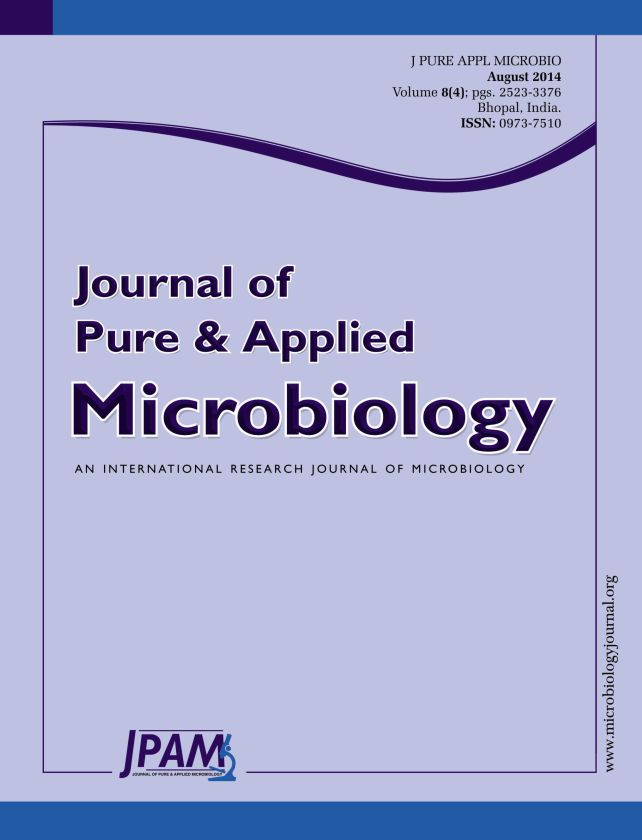Biological decolorization of Synazol Blue and Synazol Red were comparatively studied using three different wild-type white-rot fungi strains (Pleurotus ostreatus, P. sajor-caju and Ganoderma lucidum) isolated from nature. The initial dye concentrations in the medium were 250, 500 and 1000 mg/L, respectively. All the organisms studied decolorized Synazol Blue to varying degrees. At low dye concentration, fungi strains resulted in the best decolorization, but mycelia negatively affected from increasing dye concentrations.
White-rot fungi, Biological decolorization, textile dye
© The Author(s) 2014. Open Access. This article is distributed under the terms of the Creative Commons Attribution 4.0 International License which permits unrestricted use, sharing, distribution, and reproduction in any medium, provided you give appropriate credit to the original author(s) and the source, provide a link to the Creative Commons license, and indicate if changes were made.


